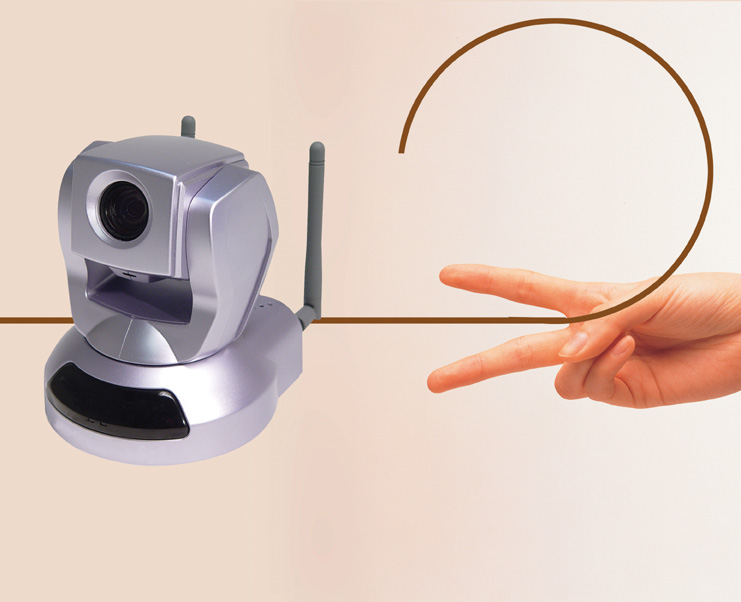|
|

|
|
There is growing demand for cameras without wires. (Photo by Hawking Technologies, Inc). |
By Emma Costello
Years before the London attacks shocked the world, Britain’s capital boasted one of the most intensive Closed-Circuit Television (CCTV) systems on the planet to aid police in tracking down innumerable criminals. In view of new security threats and a potential growth in the market demand for CCTV equipment, the U.K.’s CCTV market growth has been prominent in the past five years. With the emergence of new wireless technologies, the market is set to expand even further and embrace the technology.
WHY WI-FI?
In the U.K., there is one CCTV camera for every 15 people; however, most CCTV equipment is fixed in one place. Once you have installed a camera and laid all the cable back to base, its position is fixed and cannot be moved. However, this is set to change as mobile technology hits the market. Given the time it takes for a local authority to formulate a bid for funding, and then to consider bids, Crime and Disorder Partnerships are liable to be faced with changes in both area and crime trends. A national Home Office study on CCTV systems comments, “.....approaches such as the use of mobile or redeployable CCTV should be considered…….“
THE TECHNOLOGY HITS THE MARKET
The major attractions with wireless CCTV are the speed of installation and the absence of cabling. It is possible to put cameras exactly where they need to be, rather than having to compromise on the location to suit the position of cables. The systems are quick to install, completely portable, highly responsive and economical.
Even within the niche mobile CCTV market, technological advancements are being made to improve the number of frames a user is able to view per second. The diagram (Right) shows the technological advancement of the telecom networks and how they have affected the frame rates of Wireless CCTV.
LIVE IMAGES OVER 3G
Distinct from many devices operating via 3G, Wireless CCTV’s transmission utilises the upload capabilities of the network, rather than the download capabilities. Their systems upload live video images from the remote site to a laptop or PC, which means that the system currently transmits images at a maximum of 128kbps. This translates to a live video transmission of around 7 frames per second.
This solution offers true live monitoring capability, coupled with the flexibility of a network free from the costs, installation delays and logistical restrictions of a cabled infrastructure.
It is envisaged that the already impressive data upload rate of 128kbps will continue to improve dramatically alongside network development. Real-time live monitoring facilities can be expected when the emerging High Speed Download Packet Access (HSDPA) and High Speed Upload Packet Access (HSUPA) networks are soon made available.
A new unit from Wireless CCTV transmits pictures using the Third Generation (3G) mobile phone networks. This non-line-of sight transmission gives global coverage, transmits live at 10 frames per second and records at 25 frames per second -- offering a live monitoring solution without geographical restrictions.
Emma Costello is Marketing Manager of Wireless CCTV Limited (www.wcctv.co.uk).
For more information, please send your e-mails to swm@infothe.com.
ⓒ2007 www.SecurityWorldMag.com. All rights reserved.
|



